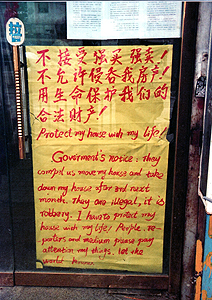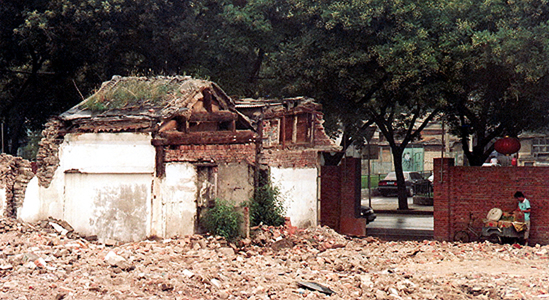Up until the 1950s, Beijing was an architectural wonder, an almost perfectly preserved metropolis from the pre-industrial era. Many ancient towns and cities exist around the world, but Beijing was enormous: 62.5 square kilometres (25 square miles) large including lakes, parks, palaces and of course the Forbidden City, the emperor’s home. Surrounded by some of the greatest fortified walls of antiquity, it was a microcosm of ancient China, a city that symbolized the political and religious ideals of a system that had existed for twenty – five hundred years. Ian Johnson, Wild grass, p. 101
Part One- Beijing 1990
Stepping out onto the concourse outside Beijing railway station into the sharp winter sunlight we saw the number 20 bus pulling in. “That’s the one!” I shouted to Margie. We stormed it with the rest of Beijing. The descending passengers didn’t stand a chance as the mob rushed the opening doors. I tried to use my backpack to annihilate any opposition in my quest to get a seat. However, despite my efforts, the old ladies with their jabbing elbows still managed to get on before us. But we did get our bums on those precious seats in the end. Two foreign tourists getting off the bus looked at us in total shock and disgust. But, hey, we had already been out in Western China for 2 months, and when in Rome… Welcome to Beijing 1990.
It’s a long time ago, but Margie kept a diary, so the memories come flooding back every time we reread it. I remember a cold, hazy city. The sun, though occasionally glaring, was more often weak and blotted out by a polluted sky (worse than now). When the clouds covered the sky, snow sometimes fluttered in the air, but mostly melted before it had time to settle. The people looked pretty poor, though there were some inklings of an incipient urban sophistication we hadn’t seen elsewhere in China. Something was happening but we couldn’t quite put our fingers on it…..
For more go to: HolaChina: Your Gateway to China





